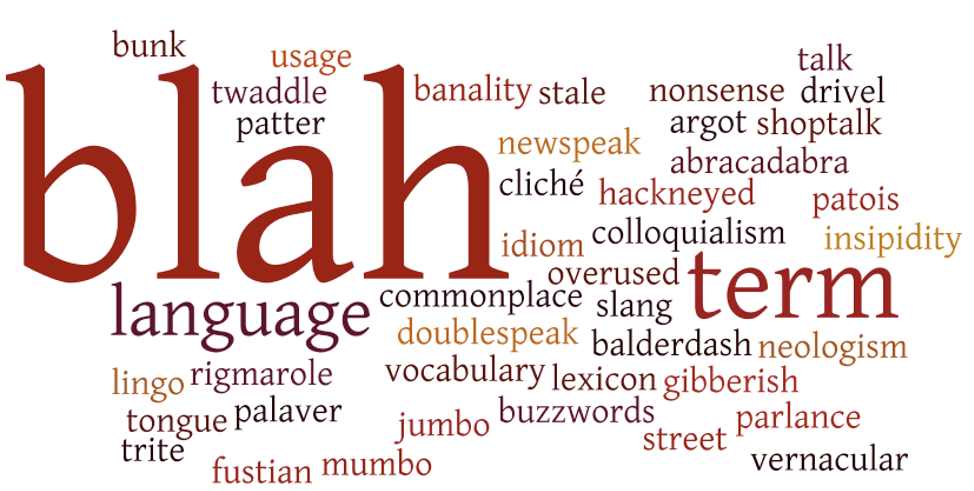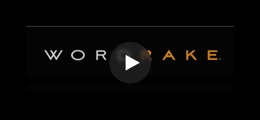Though we may be hired to interpret and apply the law, our clients rely on our writing skills to accurately capture their intent. It’s irresponsible to discount punctuation rules as pedantic and useless. Lawyers must get three comma rules right:
Continue readingIvy Grey

Recent Posts
Even when we’re working in the same building, we rarely interact the people we work with in person and in real time. Now that we’re working from home, we’re relying on email more and more. Aside from a few Zoom conversations, your email writing style and etiquette may be the only thing a senior partner knows of you.
Continue readingWriting short, simple, clear prose isn’t merely good practice. Science tells us it ensures that overwhelmed readers understand your message quickly and easily.
Continue readingIn middle school, we memorized vocabulary lists to learn new words and build our reading comprehension. In high school, we memorized vocabulary lists to prepare for college entrance exams. In law school, we memorized legal terms for cold calls and final exams. Success at these tedious memorization exercises led to academic accolades and bragging rights. After years of indoctrination, it’s no surprise that we would believe that a large vocabulary would impress readers. But if you believe that, you’d be wrong.
Continue readingThough we continue to write legal memos as though they will be read on printed paper, that expectation no longer holds. Even before the recent shift to working remotely, email had become the primary method of business communication and email memos the vehicle to share legal analysis. Now the screen of the electronic device on which we read provides our structure, context, and limitations—we no longer rely on the printed page for this information.
Continue readingWhen you run a business, demonstrating credibility and persuading others are your primary goals. You can’t do that without great business writing. But strong writing is easier discussed than accomplished. And it takes more than Strunk and White’s Elements of Style. From universal writing rules to advice that will change your process and your results, here are eight books (in no particular order) to make your writing better.
Continue readingYour legal writing reference library should include more than the five standards: the Bluebook, the Redbook: A Manual on Legal Style, A Manual of Style for Contract Drafting, Garner’s Dictionary of Legal Usage, and Black’s Law Dictionary. There’s more to writing than mechanics and accurate definitions, and these books prove it. From universal rules and styles to advice that will change your process and your results, here are seven books (in no particular order) to make your writing better.
Continue readingAs Gary Kinder wrote in The Perfect Brief Part 11 - Polishing Your Brief, you should never use tricks to squeeze a brief into a word or page limit. It’s unethical and judges will notice—they’ve seen every trick we can imagine.
Continue readingFor most lawyers and law firms, their business strategy is three words long: “Do good work.” The assumption is that individual effort and intelligence are all that it takes to succeed. If it were ever true, it isn’t anymore. Today there’s a breakdown in trust and an uptick in blame that’s getting in the way of “good work.”
Continue readingInnovation is now becoming an annoying buzzword. Even for people inclined to embrace legal innovation, the word is now eliciting groans. And for people afraid of change, innovation is such a loaded word that even thinking about it is overwhelming.
Continue reading













